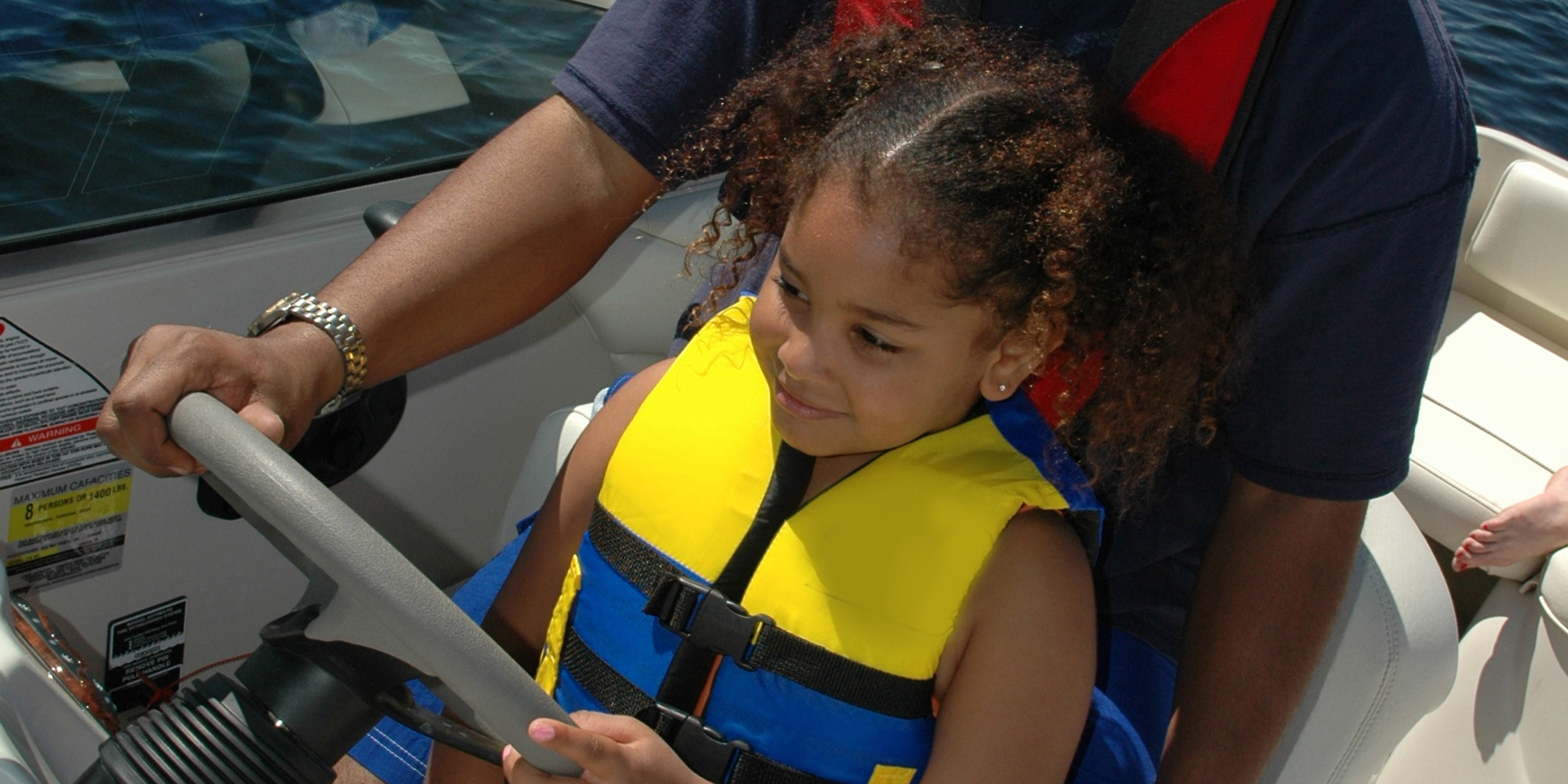Building bridges and boaters: How to engage new markets

Last week, Boating Industry shared part one of the insights from the VIP Influencers Group, newly organized by the Recreational Boating and Leadership Council’s New Markets Task Force (formerly called the Diversity Task Force), about understanding new markets for the boating industry to reach. This week, the VIP Influencers Group offers its best practices on how to best engage these markets.
Building relationships with the community
Any marketing efforts undertaken in the industry need to be genuine – not just pandering.
“Most customers in our community today are savvy,” said Marcus Asante, founder of the Universal Sailing Club in Baltimore. “They can tell the difference between sticking a [“diverse”] face in an advertisement and really talking to the heart of the matter.”
Businesses can ensure their marketing campaigns are received as genuine through outreach to their local communities. Partnering with existing organizations that are involved in the community would be especially advantageous to the industry, especially for companies or dealerships who are unsure how to get started.
“If I could see that there was more emphasis on partnering with people who are already doing the outreach … then we could see that we’re welcome and that this is something the industry is serious about,” said Marvelle Manga, co-owner of the Black Boaters Summit.
Youth education is a key component of community involvement, says Asante, as a love of boating more often than not stems from youthful experiences and ethnically diverse youth often don’t have that early exposure to the recreation. Asante asks every student at the Universal Sailing Club if they think they will buy a boat as an adult. Many of them say yes because by attending the club, they see someone who is like them succeeding as a boater.
“People in the industry will have to identify what the local initiatives are that create their future customers. That’s, in part, what I am doing: I’m creating [new boaters] by example,” said Asante. “It’s very important people like me are in front of young people as much as possible, because now this young person gets to meet [someone and] they can say ‘That’s another idea for me. Maybe I can do something like that.’”
Raul Bermudez, vice president, charter division of MarineMax, says that MarineMax has done a great job at engaging new markets through its Kids and Boating courses, which are available to the public.
“You have to extend out to the community and introduce more people to boating in general,” said Bermudez.
The intimidation surrounding boating needs to be deconstructed and the focus should be on getting potential customers to fall in love with the water. Rimblas says paddle sports have been successful for West Marine because it is relatively inexpensive and a physical activity, allowing the company to sell to a broader demographic.
“The lesson [for manufacturers] behind [paddle boats’ popularity] is to make sure you’re focusing on activities that are affordable, relatively easy to get into and participate in, and are marketed so that people fall in love with it,” said Erik Rimblas, senior vice president of West Marine. “They have to make their products more accessible.”
Improving the selling experience
Lou Sandoval, co-owner and founder of Karma Yacht Sales, said there is one business truth to remember when marketing to different ethnic groups: You are who you attract and you attract who you are.
A great way to begin attracting local diverse communities would be to hire employees who are of these demographics, understand their concerns and how to speak to those issues. He highlighted Ford’s dealer affinity program, which sought to create Hispanic dealers in Hispanic communities.
“You’ve got a worker base out there that is hardworking and can go learn through an apprenticeship or trade program,” said Sandoval.
“That’s always key when you’re buying: You want to buy from somebody that understands you and your needs,” said Bermudez. “If you have somebody working at those locations who understands that market and doesn’t make assumptions, you’ll be better off.”
Sandoval has seen the boating business evolve over the last 10 to 15 years but has noticed there are still subtleties that can exist in the industry towards ethnically diverse consumers, thus creating a barrier between a dealer and a potential sale.
Cultural competency training would be an excellent place to start, says Manga. Marine businesses could hire organizations that specialize in diversity, cultural awareness and training to help existing staff members understand cultures with which they may not be familiar.
“It’s a genuine sensitivity and respect, and you can feel that when you go in to buy a product from someone. I think that’s necessary if you want to attract other minorities,” said Manga.
The ultimate goal is to live by the Golden Rule: Treat others as you wish to be treated. Sandoval says businesses should seek to treat shoppers of a different ethnicity from their mainstream buyers with dignity and respect.
“That’s respective of whether they’re male, female, young, old or of a different ethnicity,” said Sandoval. “You do those three things pretty unequivocally, and you’re going to remove a lot of the obstacles.”
If you are interested in joining the RBLC New Markets Task Force and/or the VIP Influencers Group and contributing to the conversation about how to make boating more inclusionary for all, please contact Task Force Chair Wanda Kenton Smith at wanda@freedomboatclub.com.




